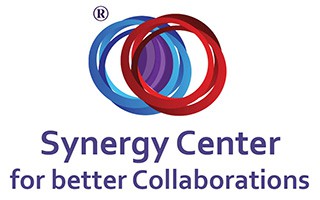Change Management – How to Manage the Synergy Improvement Process
Learning how to speak, behave and think in synergy terms can contribute to your change management skill. It’s a must-have for a proprietor or senior manager who’s serious about integrating the language of synergy in organization’s language and culture. Expressing oneself in synergy terms contributes to mutual respect, positivity, containment and empowerment during the synergy assimilation process.







